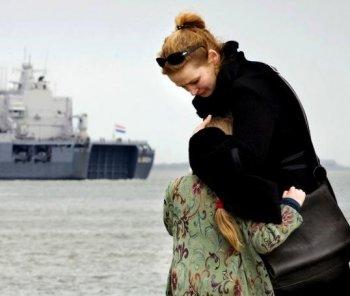November 9, 2008 commemorated 19 years since the demolition of one of the symbols of separation in Europe and the Cold War after WW II—the Berlin Wall. It was part of the border between the Federal Republic of Germany and the Democratic Republic of Germany (DRG) from August 13, 1961 to November 9, 1989. The Wall separated West Berlin from its Eastern territories. This separation, known as the “two halves” of Germany took its due place as the most popular symbol of the Cold War.
Berlin—History, Shopping, and Sunlight
Berlin is one of the most preferred tourist destinations in Europe—bright, modern, cosmopolitan.

The symbol of Berlin, The Brandenburg Gate Ekaterina Popova/The Epoch Times
|Updated:





